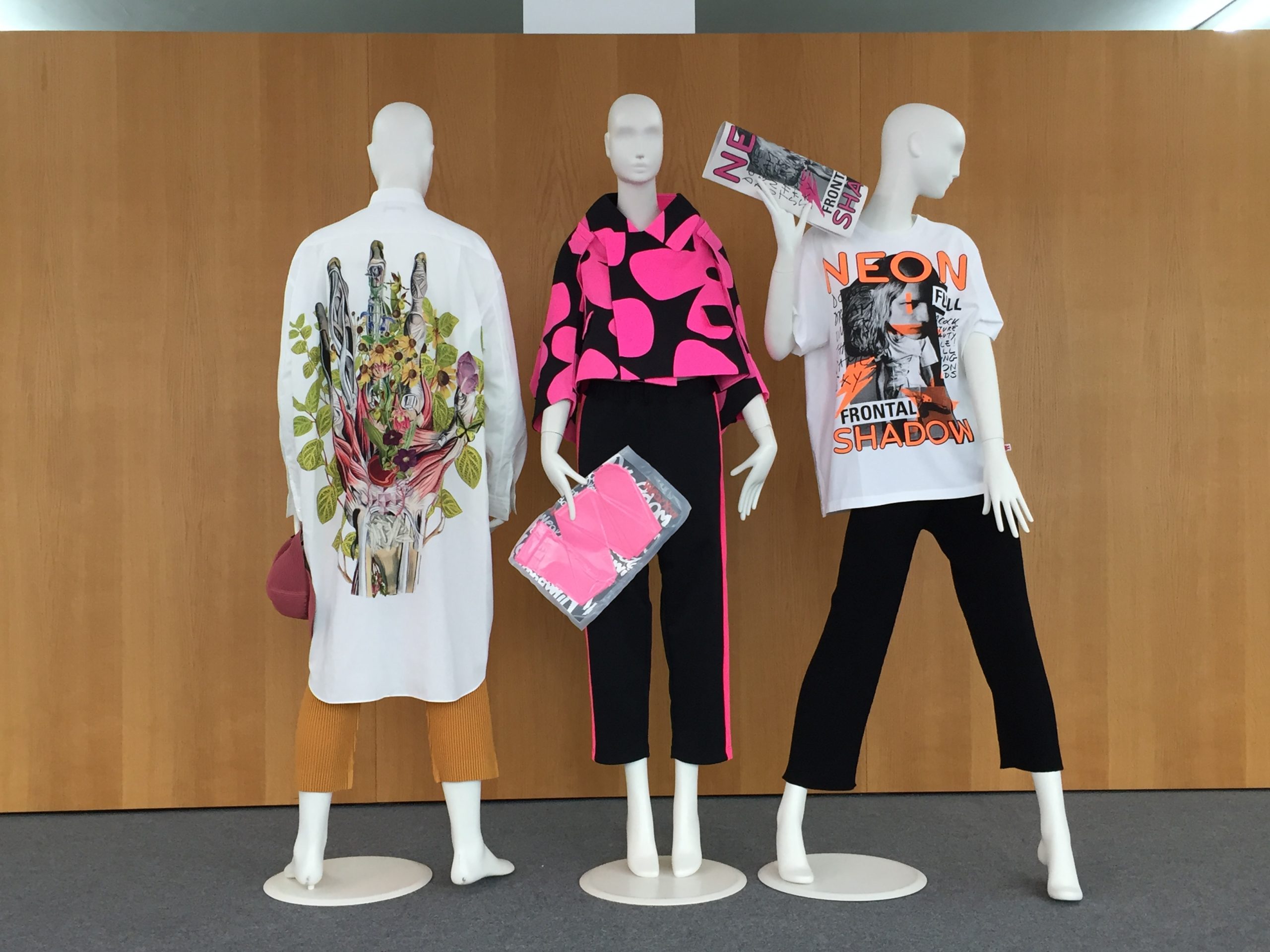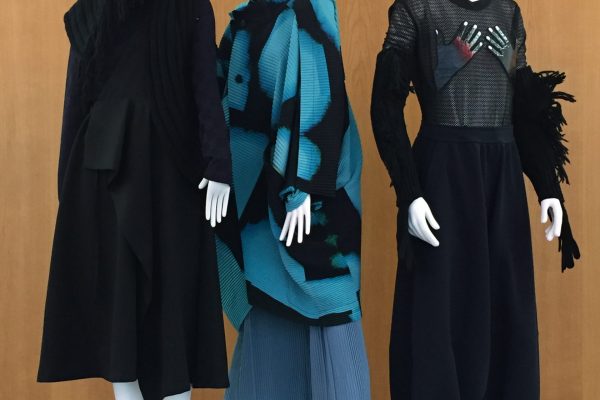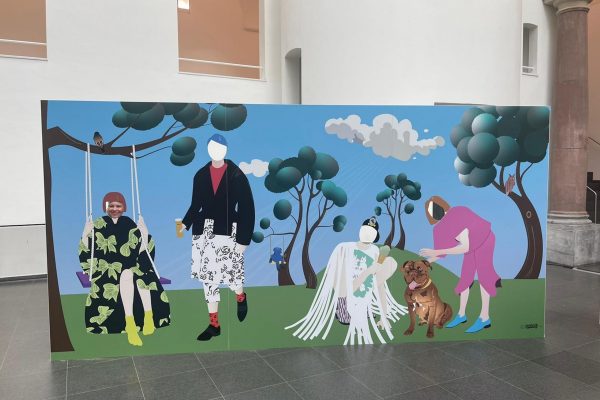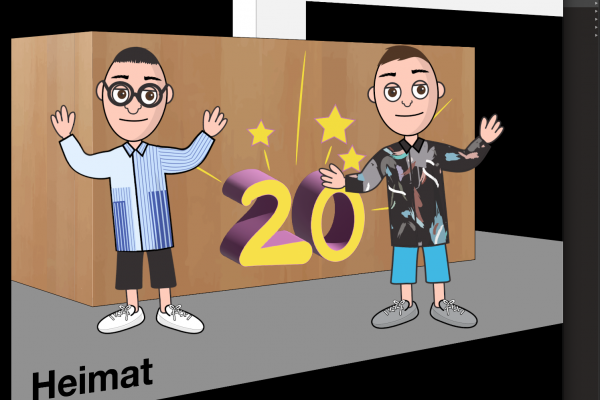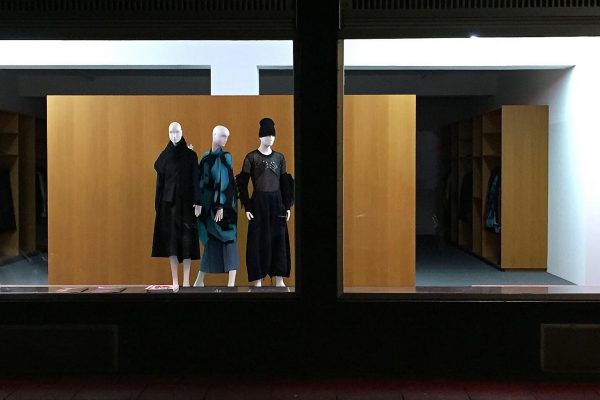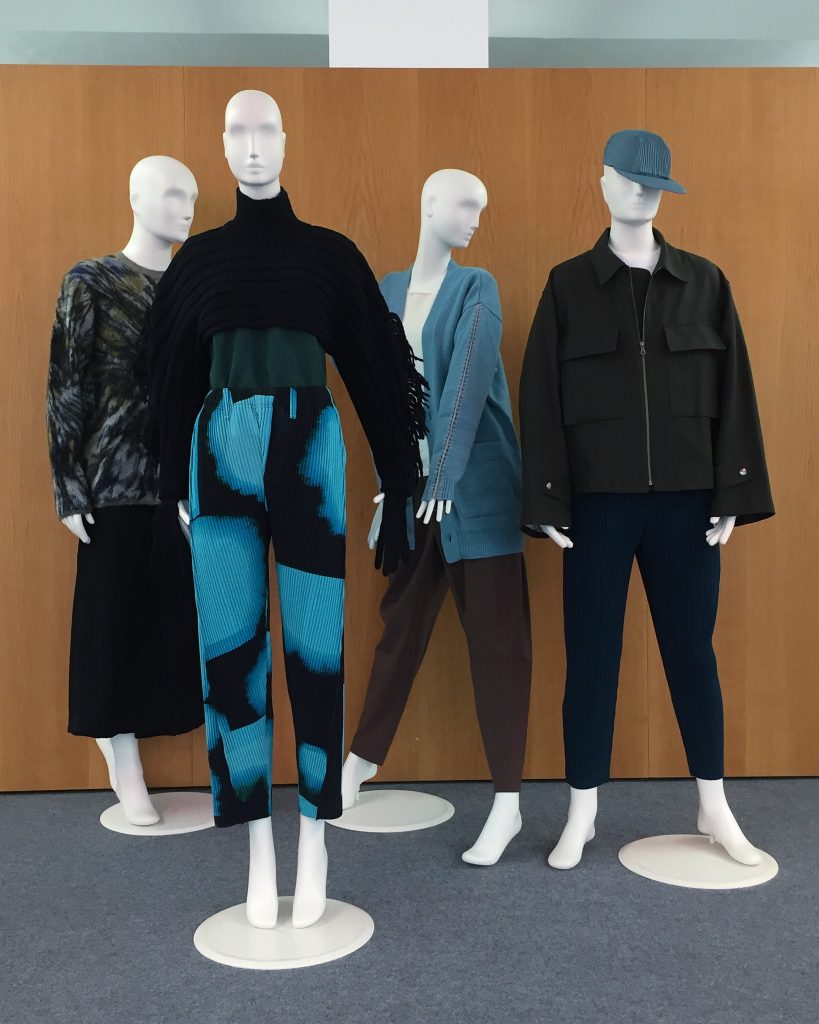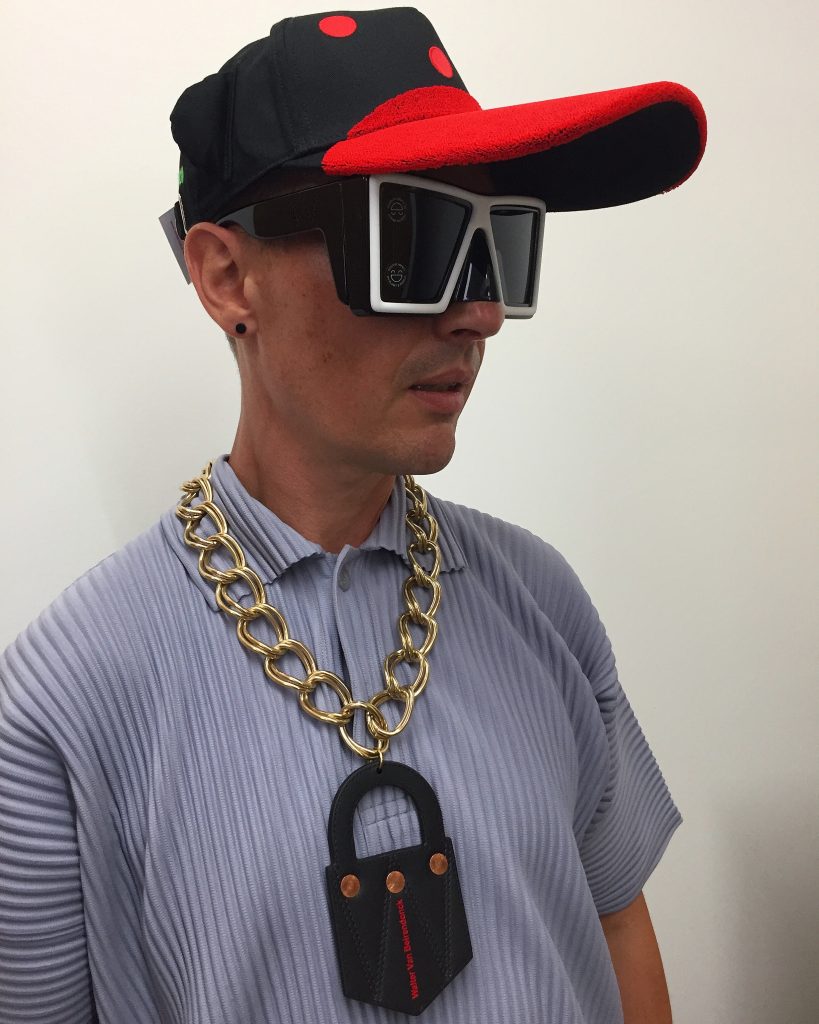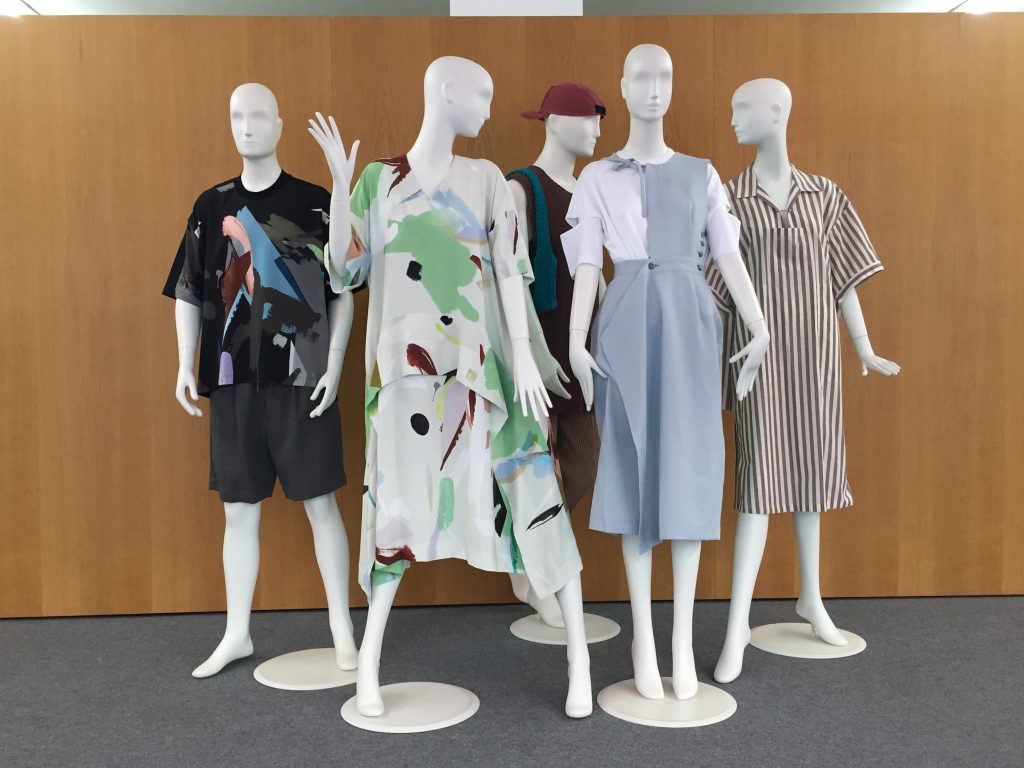An intellectual approach to fashion meets Rhenish cheerfulness in the Cologne Heimat store.
The store in Cologne uses minimal furnishings to give maximalist fashion its perfect presence – under a name that only contrasts with this concept at first glance. For two decades, Andreas Hoyer and his partner, Belgian Andy Scherpereel, have been giving avant-garde fashion collections a home here now. The collections of Walter Van Beirendonck, Issey Miyake, Comme des Garçons, CFCL, and UJOH are vital in their universe – as is the subject of colour. That is hardly surprising since it reflects the cheerfulness and joie de vivre of the Heimat duo.
What made you choose the name “Heimat” in 2002?
AS: New Economy was the thing when we opened our store in 2022. The world was full of Anglicisms, and we wanted to avoid that. Not every language has a concept of home in the sense of the German “Heimat”. To us, the word comes with a certain poetic touch. In some circumstances, it may simply encompass a feeling or a smell. We’re not referring to German nationalism in any manner but strive to offer a home port to international collections instead.
Your store setup is very minimalist – and there are relatively few pieces to choose from. How do customers like that?
AS: Ideally, our customers aren’t coming in looking for a particular piece of clothing. It’s rather that the looks find their owners here. It’s a subtle difference, but it may take hours to get there as many need to break through their visual and wearing habits first. Since we cater almost exclusively to a regular customer base, however, we have already acquired some practice in this. The fact that our customers keep coming back strengthens us in our mission.
You are presenting many very avant-garde one-of-a-kind pieces. What does your purchasing process look like?
AH: We don’t want to rest on our sales success. What I mean is that we try not to give in to the temptation of repeating something that has worked out once. Instead, we want to develop a narrative for the collection we choose. We want to tell a story. We visit the showrooms in Paris without any ideas in our heads beforehand – we just buy what we think is beautiful and allow ourselves to drift through the offering at hand. That is what we recommend to our customers as well.
Why is that?
AS: I like to compare the process of shopping with that of finding a partner: If you apply some exclusion criteria from the very beginning, you are going to miss many an opportunity. I always advise people to open doors instead of closing them. I think that self-limitation is the worst thing you can do. It’s like putting yourself in a prison.
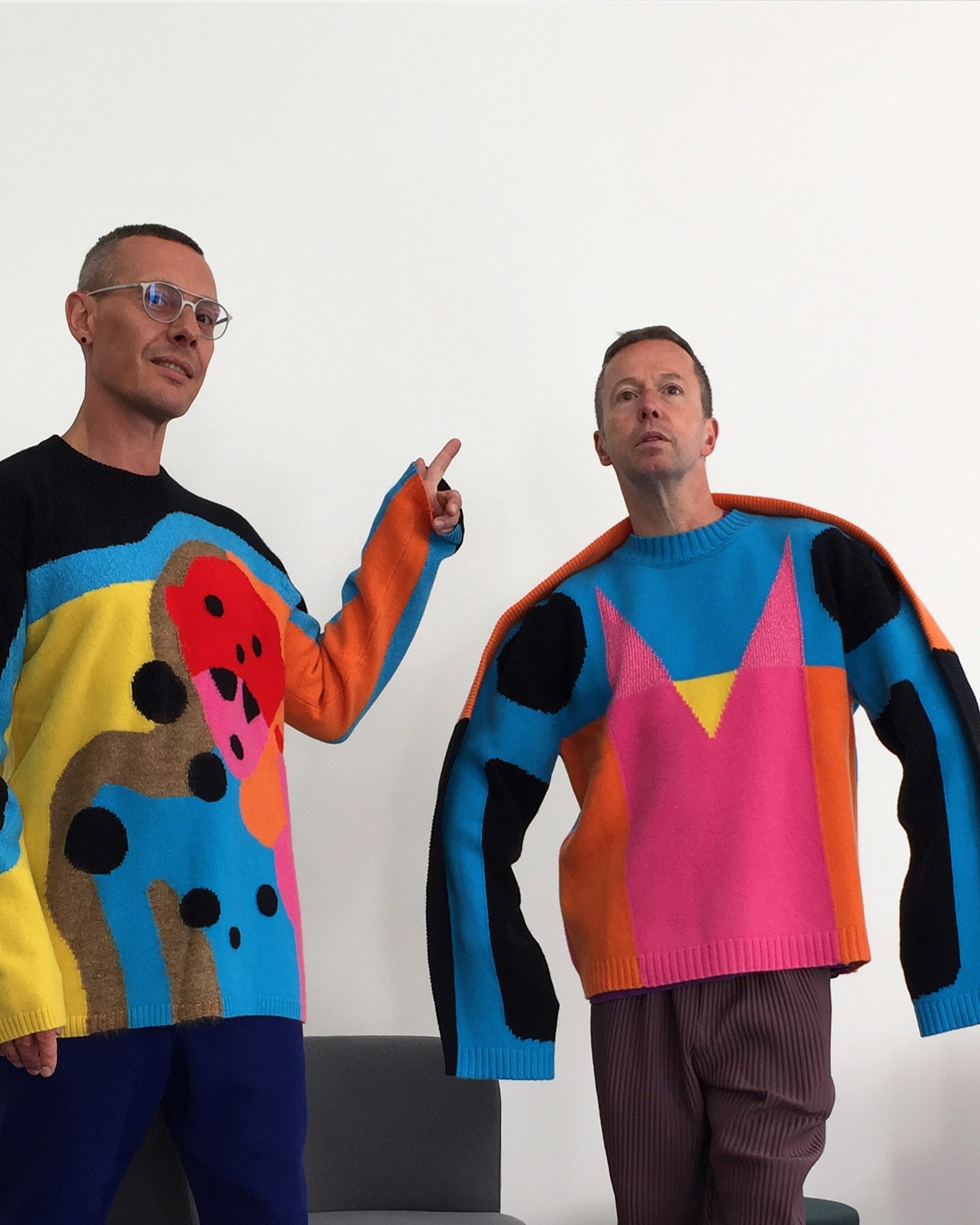
What kind of advice do you give to your customers?
AH: We want to convince them to try a lot of things out, to just try things on – even pieces they might not buy subsequently. There’s a playful element of improvisation there, of trying on strange identities. It is not unusual for us and our customers to be surprised in this process: A body changes in the garment, one suddenly feels differently. These can be great experiences.
You’re taking time for a playful process then?
AS: Precisely! Why do children love to play dress up, after all? It allows them to slip into new roles. We adults barely ever practise this anymore. Do you remember our campaign at the “Strike a pose” festival in the summer of 2022? We’d built a wooden wall in K21, like the ones you would find on children’s playgrounds. It featured four guys in the latest looks of the season. Visitors could put their heads through four oval holes in the wall and then have their pictures taken. You know how that works. We wanted to break through exactly that inhibition threshold – and let them slip into someone else’s skin!
Doesn’t this daily persuasion work require a lot of energy from you?
AS: It doesn’t! We enjoy it, and it’s still just as much fun after two decades as it was when we started out. It also lets us meet many quite unique characters. That’s always great fun.
What is your share of regular customers?
AH: It’s amazing! 90 to 95 percent of our customers are regulars. They’re a very loyal clientele. They usually recommend us to their friends, and the circle keeps growing.
How would you describe your own style?
AH: Well, colours have always been important to us, and that has not changed at any point in the last two decades. We are rather cheerful and don’t like it when a look turns too heavy. Sadness is not really our thing. Suitability for everyday use is essential, but that doesn’t mean that we use basic looks! The “Homme Plissé” and the women’s mainline by the late Issey Miyake are interesting in this context since all of their pieces wash easily and do not crease.
Your furnishings are special. The shelves seem hermetically sealed from the front. Looking through the windows, you can only see a few mannequins in the shop, but hardly any fashion at all.
AH: Of course we did that on purpose. The basic idea was creating a private space within the shop: The changing rooms are a bulwark to the outside, offering shelter where you can slip into a new shell. The understated furniture is a passe-partout for fashion. We don’t want it to distract from what truly matters. We believe that the collections as such have plenty to tell. The stage should be theirs.
Photos: Ilona Marx


